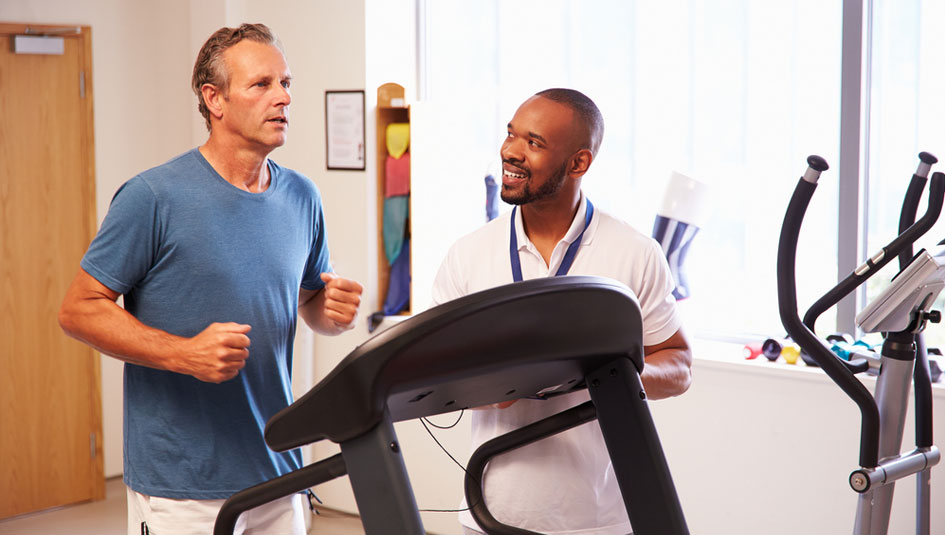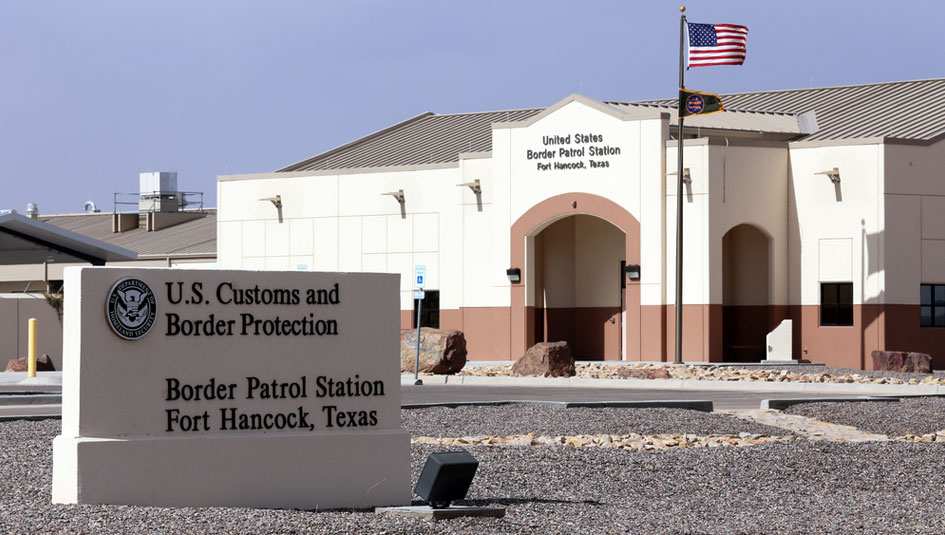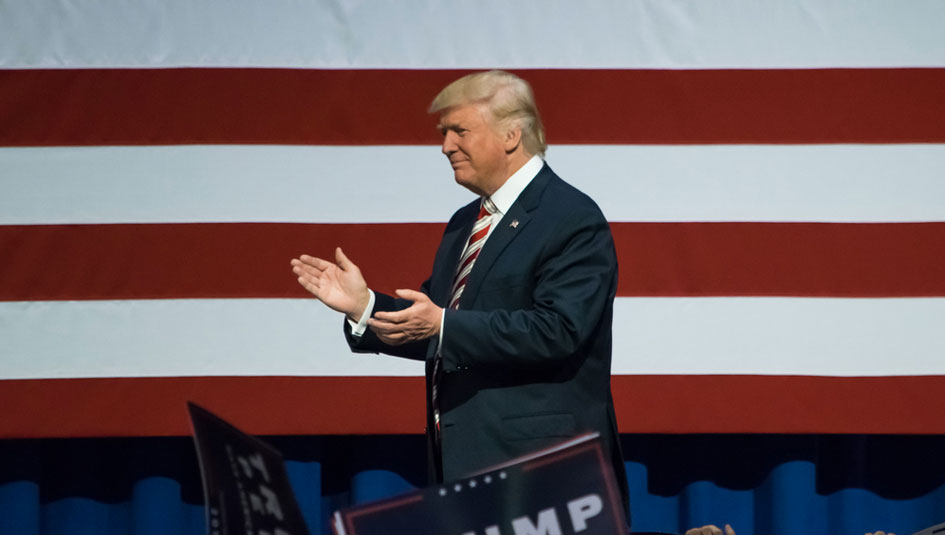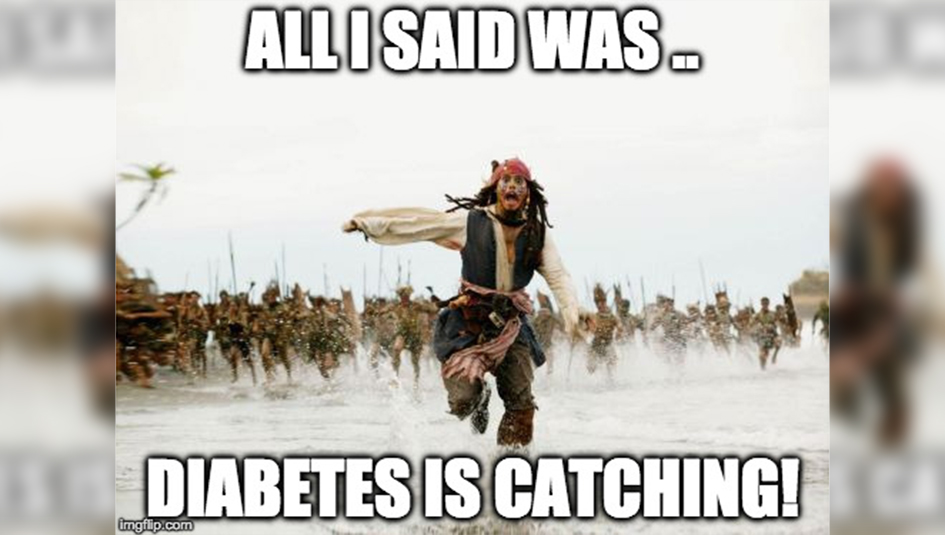#insulin4all: A Global Healthcare Movement
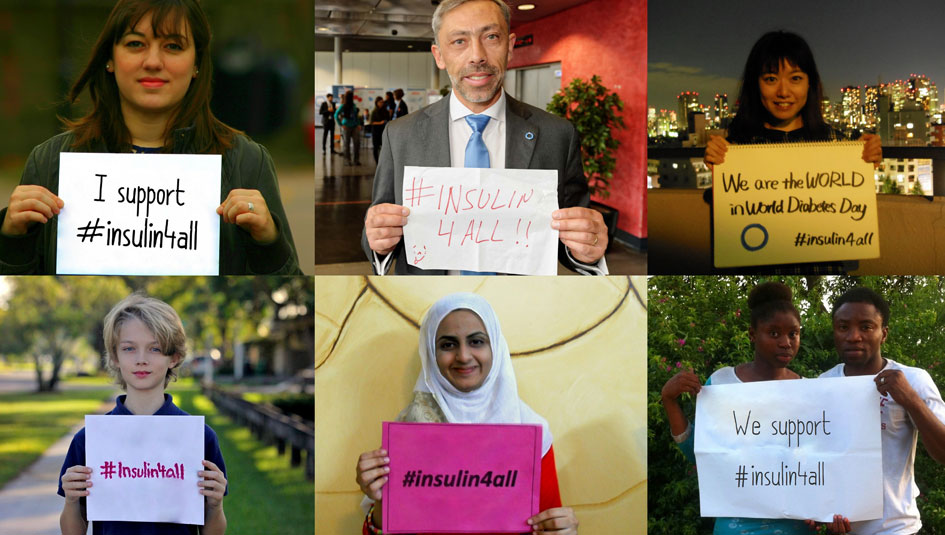
Insulin Nation had the chance to catch up with the Founder of T1International, Elizabeth Rowley, and Erin Gilmer, a health advocate, about the #insulin4all campaign and the work of T1International. T1International is a global nonprofit that works to improve life-saving access to insulin, supplies, and healthcare for individuals with Type 1 diabetes around the world. Their mission is to support local communities by giving them the tools they need to stand up for their rights so that access to insulin and diabetes supplies becomes a reality for all. The organization helped to launch the #insulin4all hashtag and campaign, which has recently gained a lot of traction in the United States, where diabetes costs have grown especially exorbitant. Note: T1International is not limited to #insulin4all and vice versa, although both are discussed here.
Q1. T1International supports different campaigns and efforts around the world, which are already working to improve access. I think that’s an important detail—that your organization is not imposing its policies and values on these communities, but rather helping to mobilize existing efforts. But how do you select which efforts to support? Is it difficult to discern the merit of initiatives across the globe?
Exactly, that is a key distinction. T1International is truly global in nature, so we will typically support any effort to improve sustainable access to all the things a person with diabetes needs to live a full life. T1International is an organization run by people with Type 1 diabetes for people with Type 1 diabetes. We recognize that the best people to understand and tackle local issues are those that live with Type 1 diabetes in those communities. We provide tools (like our advocacy toolkit and newly launched advocate training, among others) to help communities and individuals become better advocates. We also work closely with them to ensure that they are the leaders locally.
We are a registered UK charity so all of our operational decisions are made by our board of Trustees. Not all communities will be ready for intensive advocacy, so our involvement with each one depends on their current needs and capacity. We may be supporting them to simply understand the concept of advocacy and what it means for their situation, or focusing on community empowerment before we do full-fledged advocacy training.
Q2. What have you learned from working with communities around the world? Is there an ongoing feedback loop between grassroots activity and the campaign’s “big picture?”
T1International’s ‘big picture’ is to fight for a world where everyone with Type 1 diabetes has everything they need to survive and achieve their dreams, no matter where they live. This is really similar to the big picture for #insulin4all, so we support anyone who is working towards those ends. What we have learned from working with people around the world is that every community faces different access challenges and focuses on different needs. For instance, in Uganda we work with The Sonia Nabeta Foundation. Their focus right now is to ensure regular access to insulin and an adequate supply of syringes. In other parts of the world, access to continuous glucose monitors (CGMs) is the focus. We’ve found that no matter what access issue is at hand, it is possible to find ways to work together.
T1International creates spaces for those local grassroots efforts to connect and share successes, challenges, and get advice so that people can gain a wider range of support and find a sense of that ‘bigger picture.’ We are currently completing our first series of online training sessions, having trained advocates in 10 countries around the world. It’s amazing how similar some of their advocacy action plans are, despite being thousands of miles away from each other. For example, our advocates in the USA, Austria, and Ghana are all planning to carry out educational lessons or presentations about Type 1 diabetes in local schools. They have already shared ideas and taken similar approaches on some parts of the planning and execution, and they will connect regularly to share successes and challenges, and to talk through best practice. So it all fits into the bigger picture and there’s an ongoing and continuous feedback loop because of the regular communication T1International has with, and between, our communities around the world. While there’s lots of action on Twitter and Facebook, there’s also much more going on outside of social media too.
Q3. When I think of the two major advocacy movements within the diabetes community at this moment, it sometimes feels like an “either/or.” There is advocacy related to insulin costs/access, on the one hand, and advocacy related to a cure, on the other. Is this a false dichotomy? Are these two initiatives interdependent in any ways?
Diabetes advocacy does not have to be and should not be “either/or.” Both advocacy related to access and advocacy to find a cure are essential to the diabetes community. Day-to-day, people need access to insulin until there is a cure, so we can still be looking for a cure but we should be ensuring that people in the present can live a healthy life until that day comes. These efforts are not mutually exclusive.
It is also important to remember that if insulin isn’t available and affordable for everyone who needs it almost 100 years after it was first used, how could a cure for type 1 diabetes be accessible to everyone, if it were found? Even when a cure comes, #insulin4all could evolve into making sure that everyone has access to that cure. Health is a human right, and we will continue to advocate for that in whatever form it takes – whether it be immediate access to care or future hopes of a cure.
Q4. Let’s talk more about the #insulin4all movement, which has already evolved since its creation in 2014. How has the campaign transformed?
T1International helped start the #insulin4all hashtag and campaign as an effort to remind the world that World Diabetes Day (WDD) should be about access to the healthcare needs for people with diabetes, including insulin, test strips, and access to healthcare. We felt that most WDD campaigns were not inclusive enough of other countries and people with lower economic means. We also wanted to show that the global diabetes community truly could unite under one banner. We have different realities and struggles, but we have a lot in common, too. The exact words on the insulin4all.com website state: “The #insulin4all campaign unites the community as a global force standing together to push for access to diabetes supplies, care, and treatment for all.”
As an organization, T1International still uses the campaign site and hashtag to represent these things on a regular basis. We also highlight conflicts of interest between accepting funding from insulin producers and those in the diabetes device industry. We feel this funding can prevent others from speaking out about the issues affecting people living with diabetes and their families.
It has been great to see how #insulin4all has activated people on twitter and other social media platforms, oftentimes taking on a life of its own with independent advocates pushing their own initiatives forward. Of course there has also been a lot of action lately from America due to the insulin price increases hitting more and more people, but the hashtag continues to be used by people around the world (on and offline) in conjunction with local and global initiatives.
Q5. Some have suggested that the #insulin4all movement lacks diversity. Is this a fair criticism? Why or why not?
#insulin4all is a grassroots movement, so anyone who wants to join the movement is truly welcome. With any organization, campaign or movement, it is often those hit hardest that are the least heard or involved, so marginalized voices are too often overlooked. For example, if someone is working 60 hour weeks, struggling to pay rent and afford their vital diabetes supplies, they are not going to be able to spend very much time on Twitter discussing these issues.
As mentioned, T1International started #insulin4all, and this hashtag has spread and been used for various purposes. Currently we see a rise in its use in America where the price of insulin has hit the middle class. This may be why it seems the movement lacks diversity, as certain voices have become more prominent during this time. Certainly, #insulin4all efforts in America could be more diverse, and we encourage all organizations and individuals to bring more people with diabetes into the conversation and advocacy efforts.
Q6. Does the #insulin4all movement have an impact beyond the diabetes community? How do you expand the relevance of this movement while maintaining a niche focus?
In short, yes. T1International partners with other organizations, such as People of Faith for Access to Medicines (PFAM), that focus on access to all medicines. Issues like affordability of medication go far beyond insulin, and we regularly coordinate with the access to medicines movement as a whole to find ways to be a more powerful voice together. Though we are focused on the needs of people with Type 1 diabetes, these access issues are similar in many other patient communities.
Patient advocates have shown, as with the HIV/AIDS movement and ACTUP, that real change comes from the advocacy of people living and breathing these conditions every day. Our work transfers to other patient communities who are also looking to advocate for their health issues. In fact, any health advocacy issue can adopt our advocacy toolkit.
Every movement has an impact far beyond the community that started it. Advocacy efforts are like a ripple effect and the true change that comes from these efforts are far and wide. Access to insulin may seem like a niche, but it is part of the bigger picture of human rights and the right to health.
Q7. How can our readers help the cause?
From the perspective of T1International, explore our website and sign our Charter. There you will find a wealth of knowledge and useful information, as well as ways to get involved. If you want to support our truly global work, you can donate to us via our website. If you are in America and want to get involved specifically on American insulin access issues, we recommend people take a look at our resources for advocacy, which have some examples of how to take action, and a handy talking points document.
And remember, anyone can jump into the #insulin4all community simply by using the hashtag. There are also a lot of great Facebook communities that people can join. Rise Above the Margin is an especially active Facebook group for American insulin access advocates, as well as #insulin4all Action. If you’re looking for a global community, join the Diabetes Access Advocacy group. We welcome any and all who are interested in these issues.
Q8. Anything else you want our readers to know about T1International or #Insulin4All?
You can learn more at https://www.t1international.com/about/ where you’ll see our introductory video, our financials (we take no funding from pharma companies), and more. If you want to get involved in ways that are not options on the website, or have more questions, you can email elizabeth@t1international.com
Do you have an idea you would like to write about for Insulin Nation? Send your pitch to submissions@insulinnation.com.
Thanks for reading this Insulin Nation article. Want more Type 1 news? Subscribe here.
Have Type 2 diabetes or know someone who does? Try Type 2 Nation, our sister publication.

